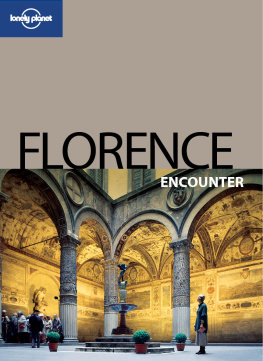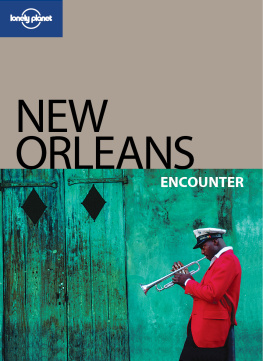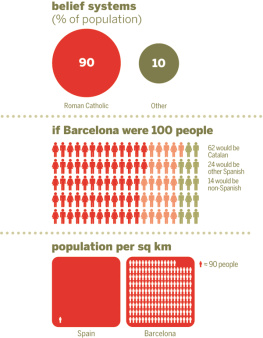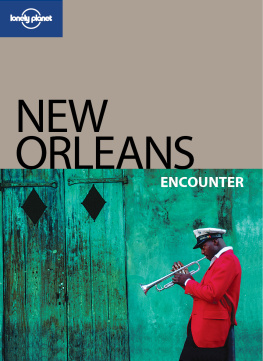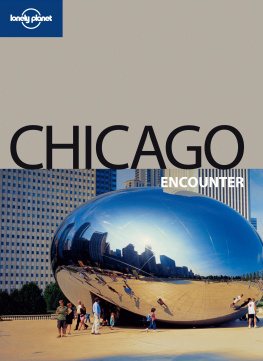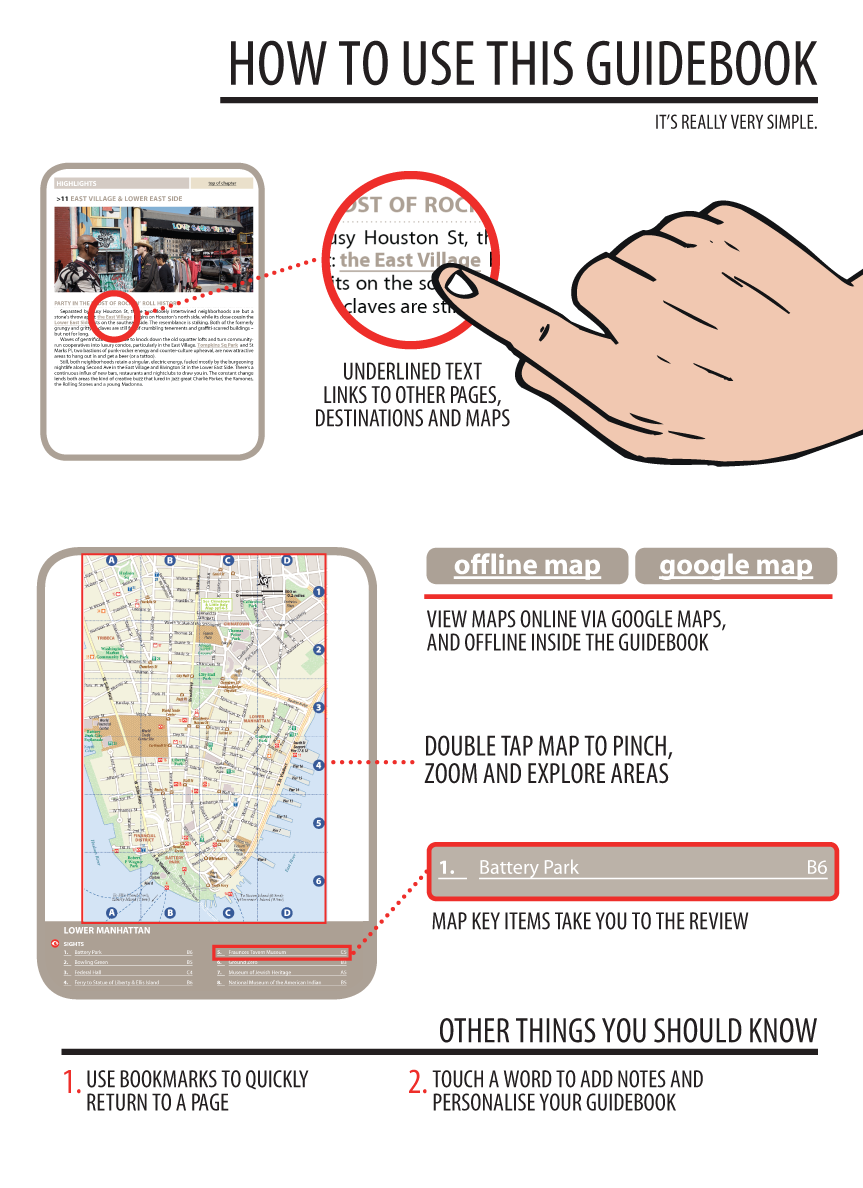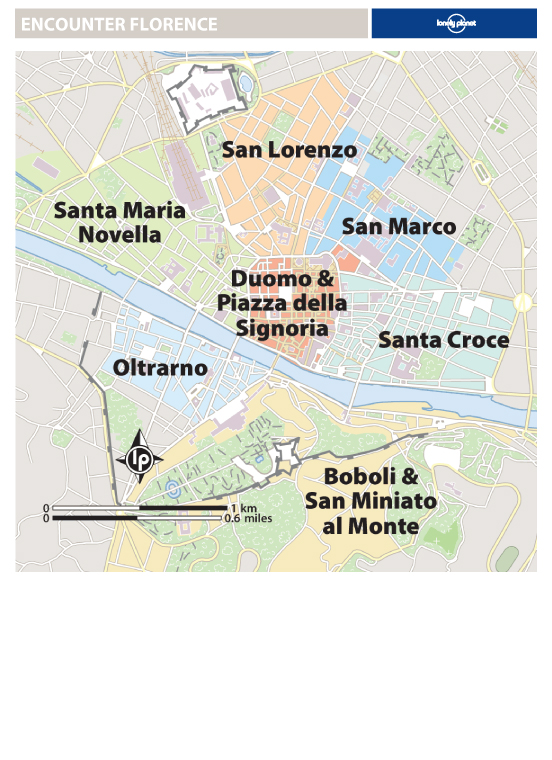This is Florence
For the discerning traveller, Florence asks the question: Is this a living city or a glorified museum? The answer is yes on both counts.
You catch sight of it just a sun-drenched portion at the end of a dark lane and cant help but gawk for a moment before redoubling your pace.
When you see it again, it seems further away than before. You curse your map and push through thickening crowds. Then, suddenly, from a labyrinth of medieval streets, you are expelled out on to a single, vast space. And there it is before you, hovering serenely above its thronging admirers in all its rounded, red-hued totality: Brunelleschis dome.
You ready your camera, but suddenly phalanxes of tourists bear down from every side. You mutter a complaint, then remind yourself this is part of the deal. You must suffer your fellow travellers, queue with them and wade through their vast numbers, if you want to see the most iconic of the Michelangelos and Massaccios, Botticellis and Brunelleschis. Fortunately Florence offers dozens of escape routes that, in minutes, free you from the Golden Triangle that densely touristed zone stretching from Accademia down to Ponte Vecchio and then over to Santa Croce.
Today you head south, over the bridge to the Oltrarno. Whats drawing you? You find the dusty workshops where artisans still defend a way of life that Brunelleschi would find familiar. There they are drilling, firing, hammering and polishing, making spry minds and dextrous hands work in concert until raw materials become objects of beauty.
Towards sunset, you climb up to San Miniato. From here, Florence looks much as it must have in 1550, with its cypress-lined gardens and lazy, dun-coloured river, its stone towers and that great red-tiled dome. Off in the distance, past layers of green hills, lie distant peaks of smoky blue. The whole scene reminds you of a Renaissance painting, which of course makes perfect sense when you think about it. After all, this city this inventor of Beauty was only offering us a more perfect reflection of itself.
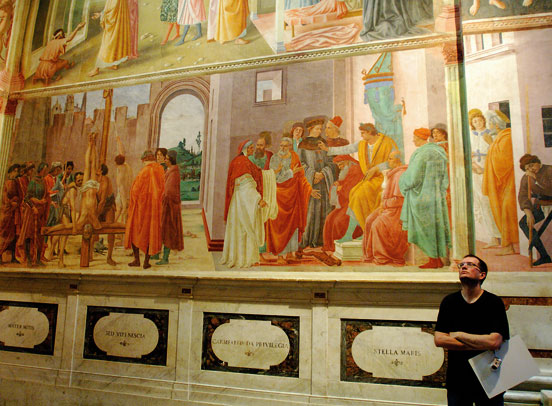
A sample of Masaccios wonderful frescoes inside Cappella Brancacci
GIORGIO COSULICH/LONELY PLANET IMAGES
>1 Galleria degli Uffizi
Ace Art History 101 after an afternoon at the Uffizi
One of the cleverest buildings of the Renaissance, Giorgio Vasaris U-shaped, light-flooded Palazzo degli was built to house the offices from which the Medici could run their growing dukedom. These days the palazzo contains that familys greatest legacy what is, quite simply, the worlds finest collection of Renaissance art. Sheer numbers begin to tell the story: more than 1500 works distributed across 50 rooms.
However, it is the sustained quality of the collection that makes it extraordinary. The sweeping narrative begins with the forerunners of the Renaissance, such as Giotto, Cimabue and Simone Martinis shimmering Annunciazione, and culminates with its inheritors such as Titian and Caravaggio.
Even so, pride of place goes to Florences home-grown maestros. Botticelli garners most gasps with his iconic Birth of Venus and Spring both arrestingly fresh no matter how many reproductions youve seen. Tuscan-born Leonardo da Vinci makes his appearance with the exquisite Annunciazione, as does Michelangelo with a distinctly muscular Holy Family in his Tondo Doni. With a collection of this calibre, names such as Rafael, Rubens and Rembrandt are practically also-rans.
The museums curators help visitors navigate this dizzying array by following a more or less strict chronological order, starting with the Tuscan masters of the 12th to 14th century, then moving in order through the Renaissance pioneers, High Renaissance and mannerism, and baroque and neoclassical periods. If you want to take it all in, one visit is not enough. Better to pick a period, a set of works or a particular artist to concentrate your viewing, and then gather ideas for a return visit.
The staff of the know they have a good thing, and some say this means theyve felt no need to innovate. Crowds are too large, lines are too long though avoidable, and many of the rooms are regrettably cramped. However, a (gasp!) minimalist Japanese-designed exit facade and promise of larger, more modern exhibition rooms are firmly on the docket.
If you have the brain cells left, the palazzo itself is worth a little attention. Its blessedly wide corridors, capped by delightful ceiling frescoes, give a sense of airiness that many other galleries lack, plus the passage facing the Arno proffers wonderful views .

Galleria degli Uffizi
STEFANO AMANTINI/4CORNERS IMAGES
>2 The Duomo
Huff to the top of Brunelleschis primal dome
Brunelleschis red-tiled dazzler of a dome represents two feats of genius. First theres the fact that he was able to build it at all. No one had tried such a feat since Roman times. Nearly 115m high and 42m wide, it remains, nearly six centuries after its completion in 1436, the largest masonry dome in the world.
Then of course theres the sheer loveliness of his creation, with its eight marble ribs, gold-appointed lantern and four million bricks that seemingly float above the citys rooftops. More pointed than a perfect dome, it both reaches towards heaven and remains firmly planted in the heart of the citys worldly affairs.
Yes, its worth the long huff up the 463 increasingly narrow steps to the top. The vistas are staggering. The narrative begins with the narrow walkway that surrounds the inner base of the dome. Look up for a close-up of Vasaris Last Judgment that fills the domes interior. Its celestial hosts and hellish torments are depicted in a muscular style influenced by Michelangelos Sistine Chapel. Then look down and, besides a nice case of vertigo, you get a birds-eye view of the vast cathedral interior below, including the beguiling geometry of its marble pavements.
Next you get to see up close exactly how Brunelleschi achieved his miracle, because the next set of steps actually sits in between two separate domes, one inside the other. This doubling enabled one dome to hold up the other as construction continued across the vast gulf. The two domes grow closer and closer as you climb, until a trap door opens up onto the final goal of your journey: heavenly 360-degree vistas of Florence, Fiesole and the Apennines.
And dont forget that the Duomo encompasses far more than a dome. The cathedral complex also includes Giottos flowerlike .
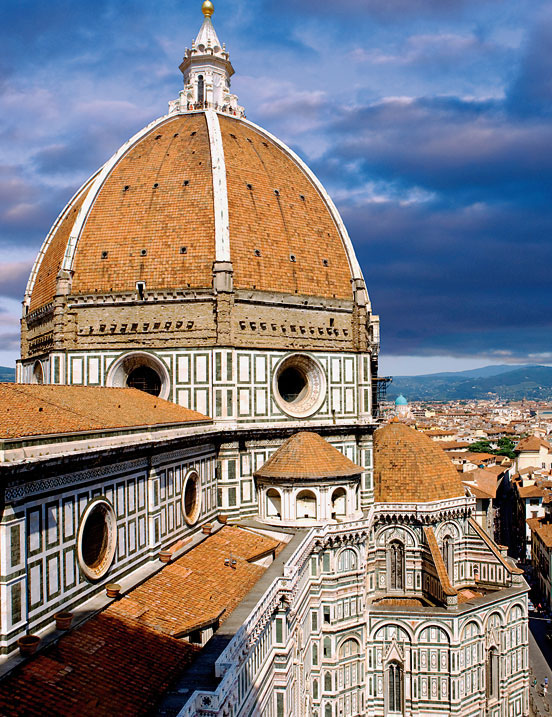
Duomo
JEAN-PIERRE LESCOURRET/LONELY PLANET IMAGES

